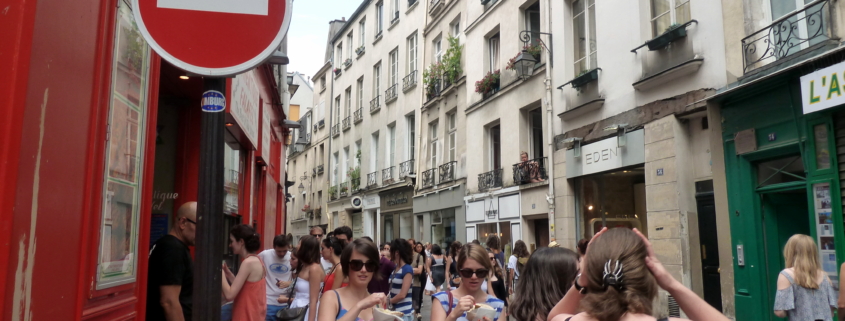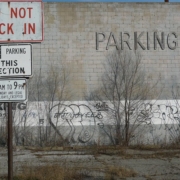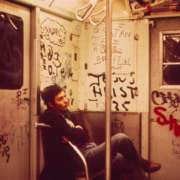Looking for quiet in all the wrong places
Neighborhoods like Le Marais in Paris, the French Quarter in New Orleans, and the East Village in New York City are frequently celebrated for their historical significance, cultural diversity, architectural charm, artistic and bohemian vibes, lively street culture, and tourist attractions.
The decision to not simply visit, but to temporarily stay or live in an entertainment district or a bustling tourist hotspot like these may offer advantages such as better or more convenient access to cultural and recreational activities, diverse culinary experiences, nightlife and social scenes, job opportunities connected to these venues, and in some cases more affordable rents.
But this choice also means that both short and long term residents must deal with an array of challenges related to these unique urban public spaces.
For example, residents frequently encounter a tsunami of loud, distracted, and sometimes drunk pedestrians, and smells from restaurants, garbage, sewage gas, etc. Additionally, loud music coming from live performance venues and nightclubs, occasional street musicians, constant vehicular and pedestrian traffic, street noise produced by road and sidewalk repair, delivery vehicles, garbage trucks, etc., can lead to heightened stress levels, disrupted sleep patterns, and even mental health issues.
During the sweltering summer months, the absence of air conditioning (which is often the case in European cities) forces residents to keep their windows open, exacerbating the intrusion of external noise, smells, etc.
To mitigate the negative effects of living in such areas, it’s often helpful to implement a bunch of strategies or coping mechanisms. These can include:
* Soundproofing: Staying in residences, hotels, etc., that have invested in soundproofing materials for windows and doors to minimize the impact of external noise on indoor tranquility.
* Creating Calm Spaces: Designating quiet areas within your home, or the hotel you stay at complete with relaxing elements like plants and soft lighting.
* Using White Noise: Use white noise machines or smartphone apps to create a consistent background sound that masks intermittent disturbances.
* Noise-Canceling Headphones: Utilize noise-canceling headphones or earplugs, especially when you need or want to concentrate or sleep.
* Establishing Quiet Hours: Advocating for designated quiet hours in the neighborhood to allow residents and hotel guests moments of serenity.
* Engaging in Mindfulness Practices: Incorporate mindfulness or meditation techniques to build resilience against surrounding noise.
* Exploring Peaceful Areas: Regularly venture beyond the bustling zones to explore quieter spaces (like parks, parkettes, etc.) that offer a break from the urban hustle, and
* Renting an apartment, AirBnb, etc. facing away from the noise or high enough off the ground so that these sounds are less of a problem.
While these strategies come at a cost, they empower residents to navigate the challenges of these urban public spaces, while preserving their mental well-being. And by adopting these coping mechanisms, individuals can fully embrace the benefits of their neighborhoods and enrich their urban experiences. Despite the ongoing noise, smells, etc. the pursuit of balance and tranquility can lead to a more workable and fulfilling urban city experience.
Photo Credit
Photographer: Kostas Limitsios
Title: Le Marais












